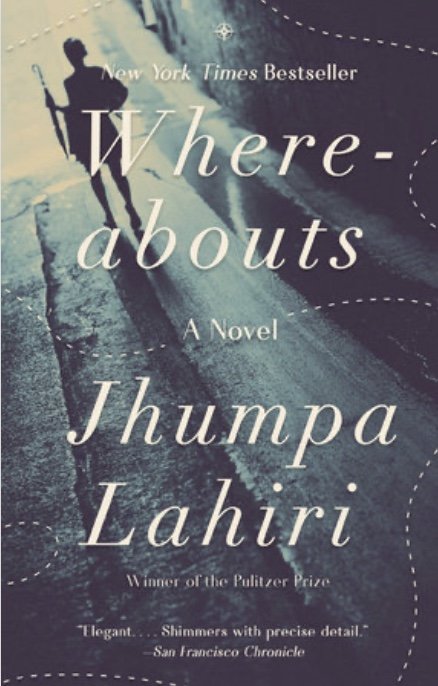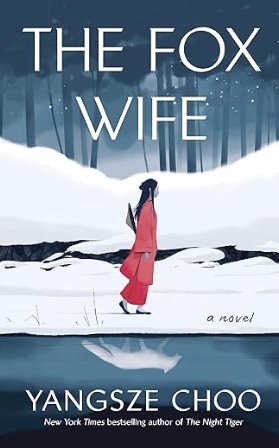Whereabouts by Jhumpa Lahiri (Vintage Books)
“I don’t share my life with anyone,” Jhumpa Lahiri’s unnamed narrator says at the beginning of Whereabouts. Although this refers to her lack of a domestic partner, the statement is true of her entire existence. She moves through the Italian city that she’s lived in all of her life as if she were a stranger, cherishing her solitude. “It’s become my trade,” she explains, blaming it on her mother, who had never left her alone, shrouding her in an “unhealthy amalgam” as she was growing up. Now as an adult, she approaches her mother as she would any aging stranger, twice a month, with respect and a box of cookies.
She has her familiar haunts in her city but she frequents them in the same way a tourist might, observing, eating, and making purchases without offering her presence to the people she sees there every day. This is a woman for whom intimacy is something to guard against. The men with whom she has had physical relationships are married; “We had a fling,” she says dismissively.
In her solitary life, she becomes painstakingly observant, like a camera, recording images without judgment, watching the people around her as though she’s conducting an anthropological study. Her distance is both fascinating and appalling. The city that has always been her home isn’t a place where she finds the comfort that usually comes to those who live in one spot forever.
And yet, when she accepts the offer of a fellowship that will put her in another country, “surrounded by another impenetrable tongue, she finds that the city she has never before left “doesn’t beckon or lend me a shoulder” anymore. “I’m scared,” she admits, but realizes she knows “the guts and soul of this place a little too well.”
Jhumpa Lahiri is a writer who has often given her characters that feeling of separation. She explains this within In Other Words, (Asia by the Book, July 2022), when she says that her parents’ language, Bengali, failed to connect her to a place she’d never known and English failed to give her a place of belonging in England or the U.S. When she found Italian, she found the “freedom to be imperfect,” and when she moved to Rome, she began to write only in Italian.
In Whereabouts, by giving voice to a woman who insists on maintaining her distance, Lahiri constructs a fine description of what it is to be an expatriate, living as a stranger, equipped with a language that is imperfectly acquired. Anyone who has gone to another country, living alone, existing as a “word hunter” and a careful observer of the world around them will fully understand the existence of the woman whose solitude is chosen but utterly complete.
Lahiri has written four books in Italian. Whereabouts is the third while Roman Stories, published in the U.S this month, is the fourth. By using Italian to write her books, she’s constructed even greater levels of distance. Conceived in English, written in Italian, and then translated back into English constructs a process that sets up a series of barriers between reader and writer, writer and character. It will be interesting to see how Lahiri’s style changes as her Italian becomes more of a creative language and less of a learning exercise. Will her trademark distance become warmed by a language that’s heated with emotion?~Janet Brown










